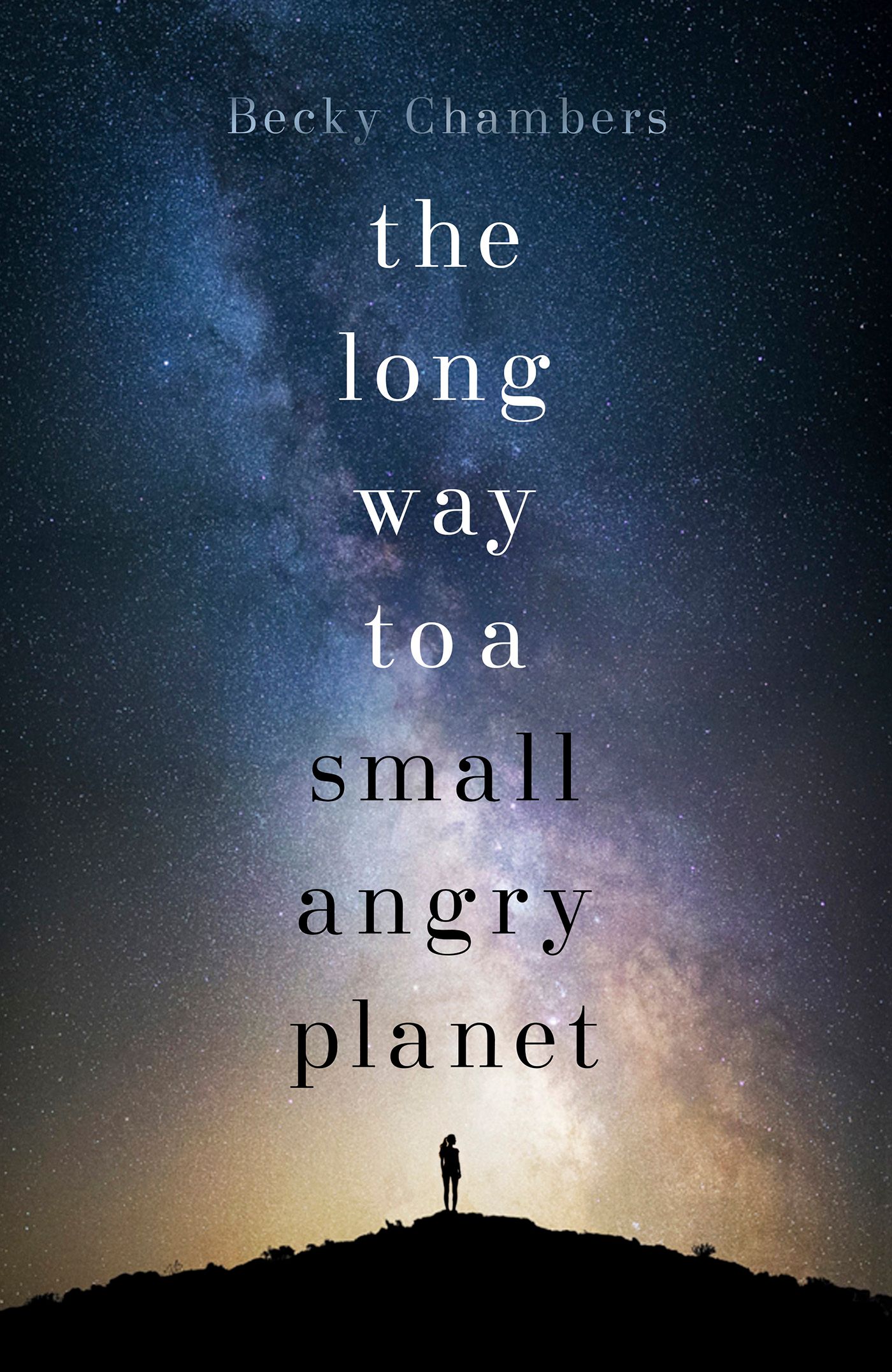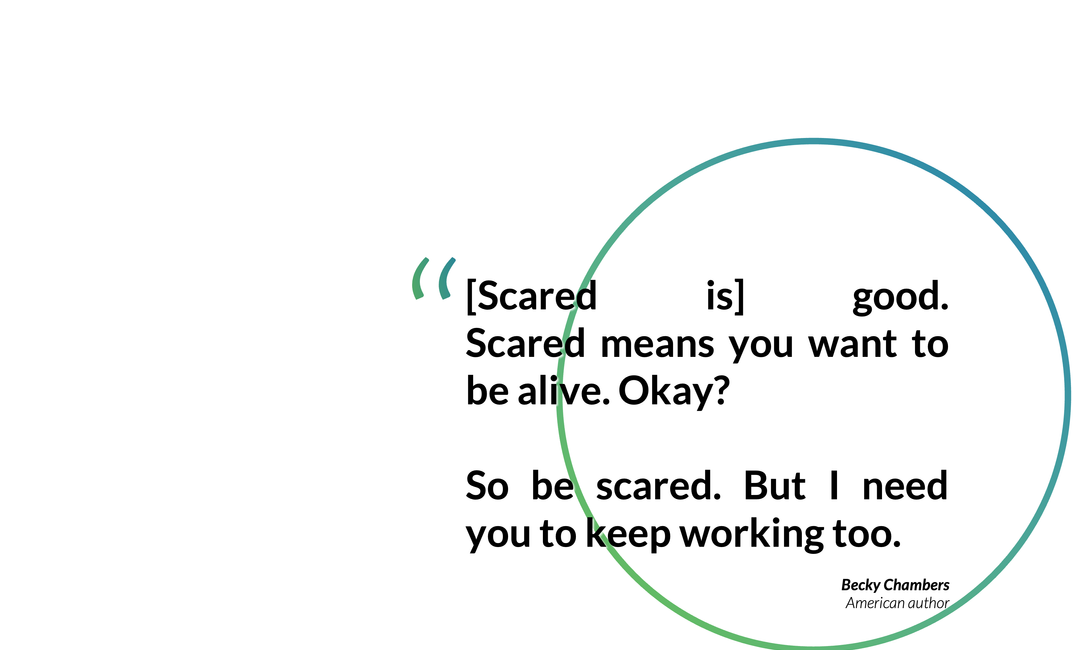“[Scared is] good. Scared means you want to be alive. Okay?
So be scared. But I need you to keep working too.”
— Becky Chambers. American author
The point for innovation
In general, staying slightly scared will keep you working your best:
If your work starts to feel too routine, and you're not scared about much of anything in it, then you're probably not trying hard enough to improve your craft, to reach for meaningful results, or to solve entrenched must-solve problems.
(Also, swinging the other way into the "panic zone" is of course not good either, though some bosses forget that.)
To be sure, reaching a level of routine where nothing is scary anymore is not that common among innovation teams. More often, it's hard enough just to keep the wheels from falling off the proverbial car. After all, it takes a lot of effort to reach a point where most things even do feel routine. But it does happen. Your team may be one of those whose work has reached a comfortable routine. If you don't watch out, it's in those cases that learning can plateau first and team cohesion can crack next, as your work together starts to feel increasingly ordinary, boring, even unimportant. Injecting new "good fears" that will take the team to new heights can counteract such normalcy.
In addition, you can also use "good fears" in a more tactical way, as a peculiar kind of operational metric:
For example, I use it that way in design research. Whenever I prepare to share the very first prototype or concept idea with the very first user during design research, I look for "good fear" inside me as I review with the team what we'll share. If I'm not moderately scared about showing it to users, I know at a gut level that the concept or the supporting collateral must change before we share it.
Why?
- Specificity: A concept that I can worry about is specific. It includes aspects with which a user can obviously disagree. That's by design. If we push hard enough to learn something, we usually have, at best, a 50% chance that the user will like what we share. But again, that's actually ok. Useful negative feedback will teach you what to create in a next version that will likely meet user needs. By contrast, if I don't see anything that a user might actively hate, the concept is probably blandly generic and unsuitable for research. The only possible use for something unspecific like this is a showcase with grouchy executives or a skeptical public, with whom you don't want to share anything of importance and want to avoid any potential disagreement on anything at all.
- Humility: We share concepts with users because we don't know the right answer. It's the very foundation of "getting out of the building." Users may still dislike what we show them in later research rounds. But we will at least have gained clarity on the ways in which we are wrong. The first round of user research is different. Before the first user conversation, all we know is that we may not be totally wrong but are surely just wrong enough somehow. We have no idea on the way in which we are wrong. It'll only be obvious after we learn from the users. Of course, it would be nice to avoid that vague sense of uncertainty and the fear (or dull dread in my case) that comes with it. But we can't reach that second version of your solution any other way than by starting with the first version. So the first concept and first round of research is necessary, a must-do, even if it feels uncomfortable to share. And so I sigh, roll my eyes, take a breath, greet the user, and am fine from then on out. It turns out, only the forethought ahead of that first conversation stresses me. Once we get to talk to the user, it's such a joy to be there for any natural researcher and any natural learner. As a bonus, users usually don't hate our ideas as badly as we might imagine in our most pessimistic imagination. Yet again, it was ok, and we can move on to improving our concept and collateral as needed and to head back out to testing with more users! So here too, fear is a good operational metric. If there's no fear in a first round of research, we may have lost our sense of humility, aka we may have become arrogant, or we may have become too conservative.
All to say: Use "good fears" as a tool, to push your team toward more impactful work and as gut-level operational metrics to help keep your work on track.
Source

the long way to a small angry planet
by Becky Chambers
Self-published (2014). Hodder & Stoughton (2015)
Further reading
Chambers, B. (2015). The Long Way to a Small, Angry Planet. Hodder & Stoughton Ltd. http://books.google.com/books?id=v4oHrgEACAAJ&hl=&source=gbs_api


